| Другие имена | Лезвие гранулятора пластика, Нож для резки пластиковых гранул, Лезвие гранулятора пластика, Нож гранулятора пластика |
|---|---|
| Место происхождения | Китай |
| Приложение | Промышленность по переработке пластмасс |
| Материал | Ск2, ХСС, М2, СКД11 |
| Номер модели | CB-ПК |
| OEM-сервис | Доступный |
| Условия оплаты | Л/К, Т/Т, западное соединение |
| Упаковка | Картонная коробка, В деревянных ящиках |
| Срок поставки | 7-20 дней |
Поделиться с:
Plastic pelletizer blades, также известный как лезвия гранулятора, pelletizing knives, или rotor knives и stator knives (depending on their position in the pelletizer), are critical cutting tools used in plastic pelletizing machines. These machines reduce larger pieces of plastic into small, uniform pellets or granules, which are the primary feedstock for manufacturing various plastic products. Plastic pelletizer blades are specifically designed to efficiently and cleanly cut different types of plastic materials into these consistent pellet sizes.
Plastic pelletizer blades are essential in the plastic recycling and manufacturing industries. Their main applications include:
Материалы, используемые для plastic pelletizer blades must be highly wear-resistant to withstand the abrasive nature of some plastics and fillers, as well as the continuous high-speed operation of pelletizing machines. Common materials include:
The hardness of plastic pelletizer blades typically ranges from HRC 52 to 65, depending on the material and the type of plastic being processed. Proper heat treatment is crucial to achieve the optimal balance of hardness and toughness. Coatings like chromium plating or titanium nitride (TiN) can be applied to further enhance surface hardness, reduce friction, and improve corrosion resistance.
Plastic pelletizer blades come in various shapes and configurations depending on the type of pelletizing machine (e.g., strand pelletizers, underwater pelletizers, die-face pelletizers) and the desired pellet size and shape. Common shapes include:
The working principle involves the rotating plastic pelletizer blades (rotor or fly knives) passing closely by the stationary stator knives or the die face, cutting the continuous strands or the extruded melt into small pieces. The clearance between the rotor and stator knives is critical for clean cutting and preventing material from being smeared or pulled. The speed of rotation and the feed rate of the plastic material determine the size and shape of the resulting pellets. Different blade geometries and cutting configurations are used to optimize pellet quality and production efficiency for various types of plastics and throughput requirements.
Легко оценить удобство импорта: от транспортировки до таможенного оформления мы берем на себя весь процесс, вам нужно только заплатить НДС и дождаться прибытия товара в компанию.
Мы видели, как его лезвия используются в бесчисленном количестве применений, и готовы реализовать любой проект, который вы нам предложите, обеспечивая точность, долговечность и непревзойденную конкурентоспособную цену.
Если вы предоставите чертежи, эскизы или образцы, мы можем нарисовать и изготовить для вас. Мы также можем помочь в изменении существующих конструкций и спецификаций для улучшения практически любого промышленного применения инструмента. Пожалуйста, свяжитесь с нашей специализированной группой продаж, чтобы обсудить ваши особые требования.
Для контроля качества проводится ряд испытаний и проверок, включая проверку первого изделия, входной контроль материалов и сертификацию материалов, контроль качества в процессе производства, окончательный контроль качества.
Независимо от того, являетесь ли вы импортером, дистрибьютором, оптовиком или конечным потребителем, мы приглашаем вас присоединиться к нам с минимальным минимальным объемом заказа, отсутствием хлопот с запросами и большей свободой при покупке.
Станьте вашим эксклюзивным монитором, регулярно транслирующим каждый важный узел на производственной линии, независимо от того, как далеко он находится, чтобы как можно дальше отслеживать прогресс продукта!
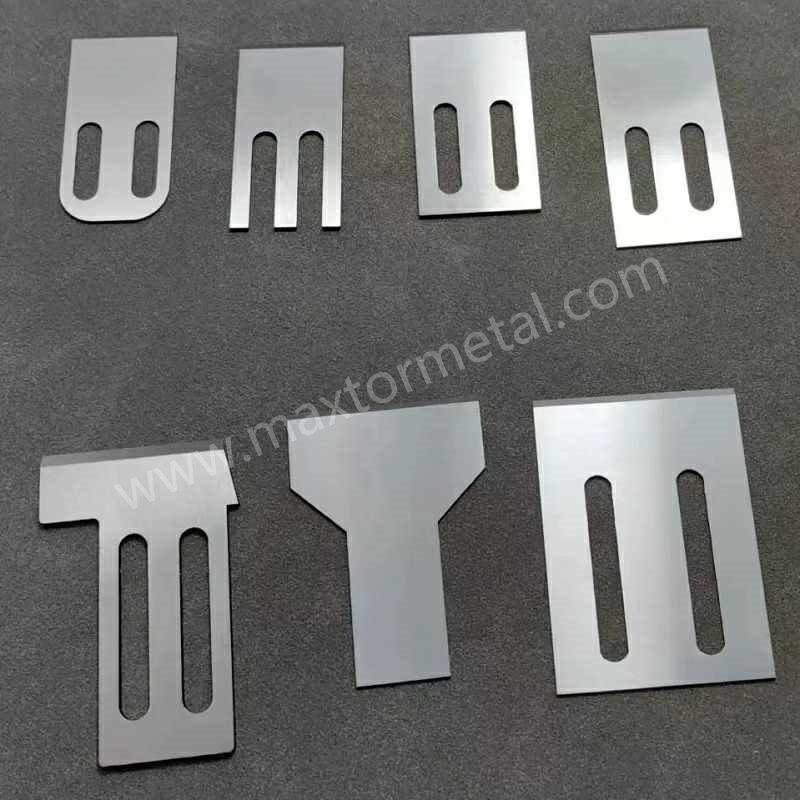
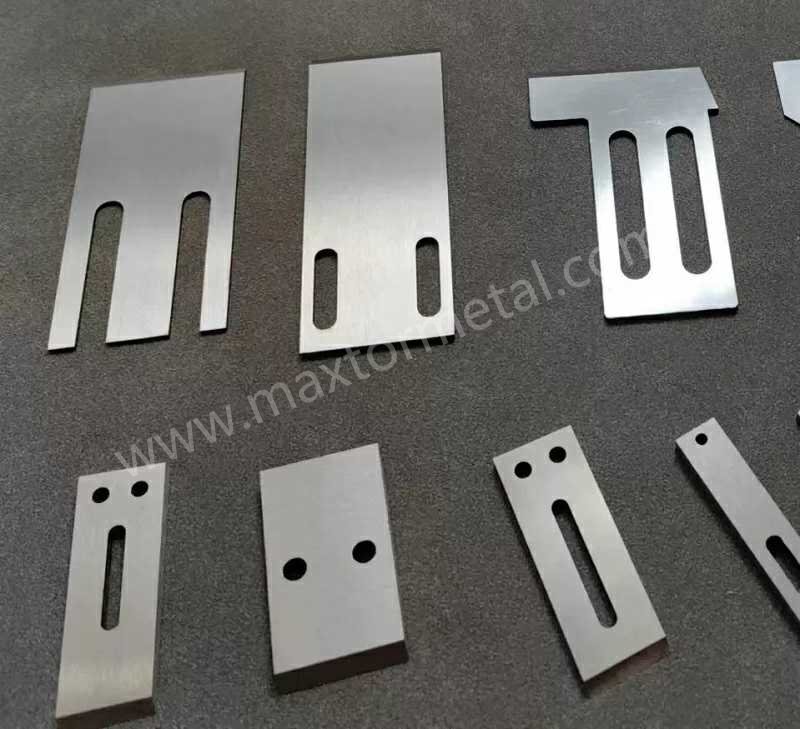
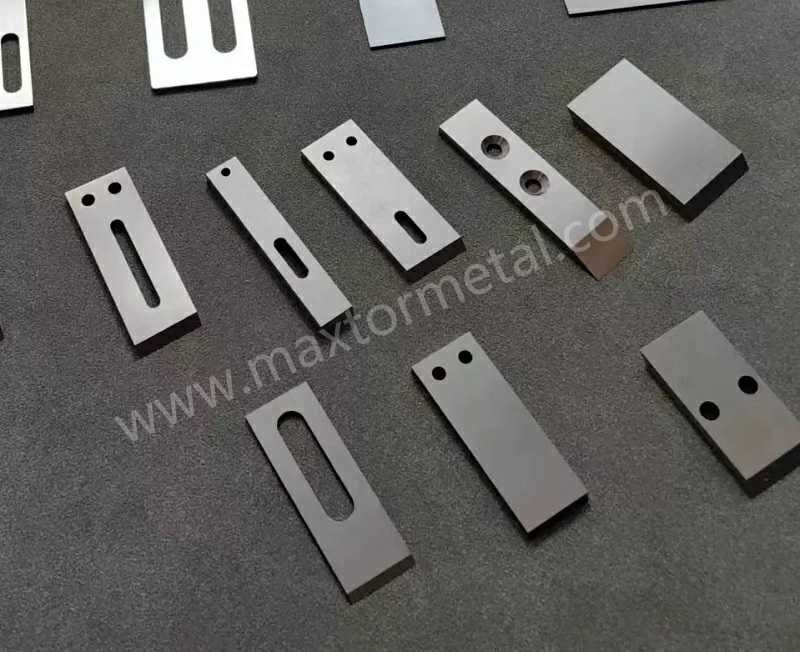
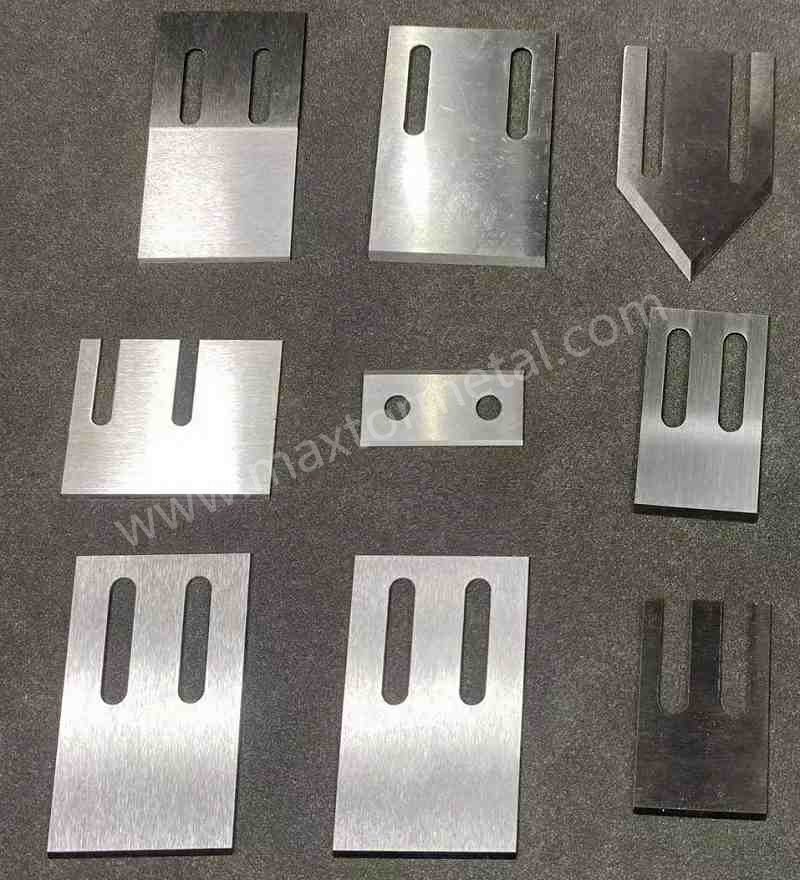
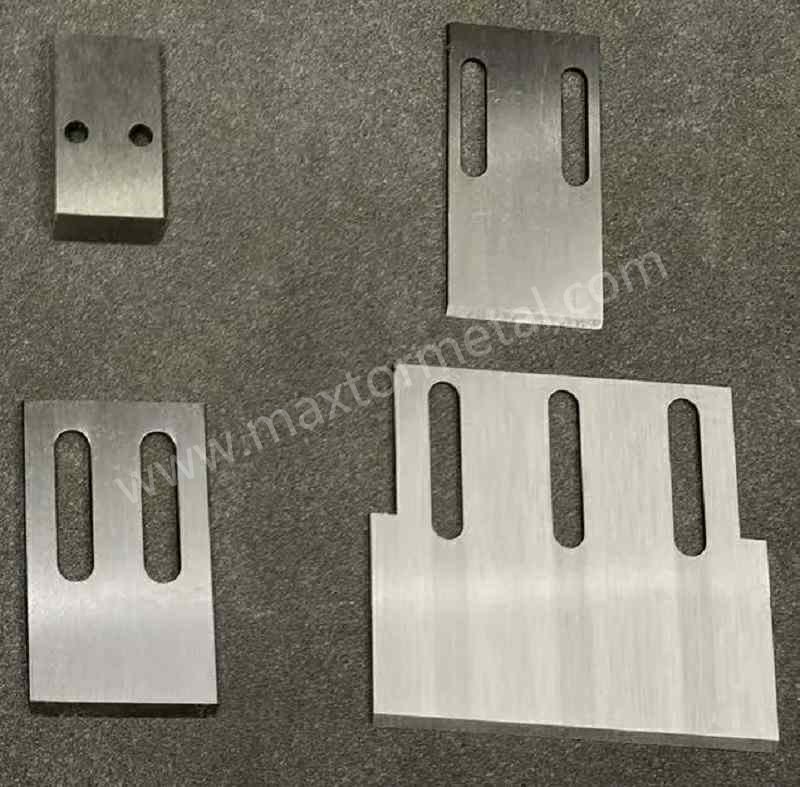
Нанкин Metal Industrial CO., Limited
Промышленный парк Минджуэ, Лишуй, Нанкин, Цзянсу, Китай
Будьте в курсе наших последних новостей.